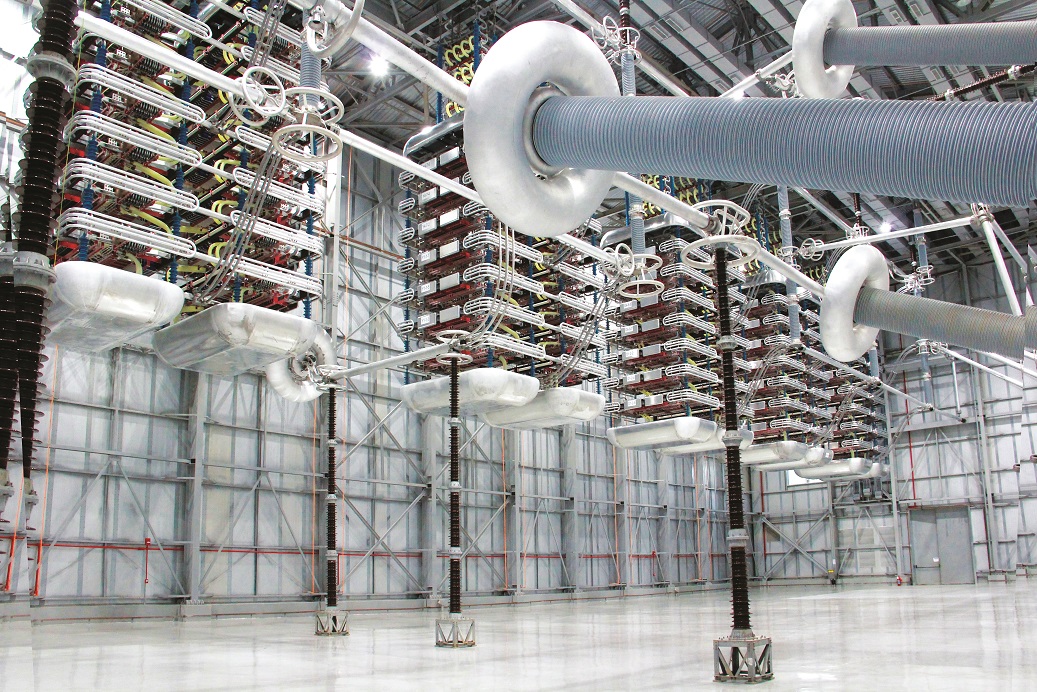
GE Vernova today revealed plans to invest approximately USD $16 million in India to strengthen its electrification manufacturing and engineering capabilities. This investment, to be made by GE Vernova T&D India Limited, the listed entity of GE Vernova’s Electrification business in India, will focus on expanding the company’s production of advanced grid technologies. These technologies are essential for ensuring the stable, reliable, and secure delivery of electricity, which is vital for India’s energy transition and the growing demand for power in emerging economies.
The investment will fund the development of a new manufacturing line at GE Vernova’s existing facility in Chennai (Pallavaram) and a new facility in Noida. These expansions aim to enhance the company’s ability to produce and test next-generation equipment used in modern transmission systems. This includes high-voltage equipment critical for facilitating the integration of renewable energy sources, such as solar and wind, into the grid, while also supporting export demand from other fast-developing countries.
The focus of the new manufacturing and engineering expansions will be on High Voltage Direct Current (HVDC) and Flexible Alternating Current Transmission Systems (FACTS). These technologies help stabilize power grids, reduce transmission losses, and improve the efficiency of connecting renewable energy sources, often located in remote areas, to urban centers and industrial hubs.
Johan Bindele, VP of Grid Systems Integration at GE Vernova, said in a statement, “India continues to be a critical part of our global strategy, both for our customers and as a manufacturing hub. GE Vernova’s Electrification equipment backlog has more than tripled over the past year—driven by strong demand for transformers, switchgear, and grid technologies including HVDC and FACTS. These new expansions are aimed at enhancing our capabilities in the region, helping reduce supply chain dependencies, and allowing us to deliver faster, smarter solutions to customers in India and around the world.”
Sandeep Zanzaria, Managing Director and CEO of GE Vernova T&D India Limited, mentioned, “With energy demand rising and more renewables being added to the grid, the need for strong, smart, and flexible infrastructure has never been greater. Through this investment, we are strengthening our ability to deliver technologies that help utilities move more power, with fewer losses, over longer distances and do it more sustainably.”
The expanded manufacturing line in Chennai will produce key components for HVDC and FACTS systems, including Line Commutated Converter (LCC) HVDC valves and Voltage Source Converter (VSC) Static Synchronous Compensator (STATCOM) valves. LCC is typically used for long-distance, high-capacity power transmission, while VSC is better suited for integrating renewable energy sources and stabilizing the grid.
In Noida, GE Vernova T&D India Limited will establish a new engineering and test lab that will focus on designing, validating, and testing these advanced solutions. The lab will also oversee the production of control systems, which are critical for ensuring that these technologies perform optimally in real-world grid conditions. The Noida lab is expected to be operational by the end of 2025, and the new manufacturing line in Chennai is scheduled to start by early 2027.
This investment is part of GE Vernova’s larger plan, which includes approximately $4 billion in capital expenditure through 2028. It aligns with the company’s “Asia for Asia” strategy, which emphasizes the development of localized manufacturing capacity to better meet regional demands while enhancing global supply chain resilience. The expansion also supports India’s ambition to become a renewable energy leader by increasing access to locally manufactured technologies that provide more efficient and environmentally friendly power solutions. GE Vernova T&D India currently operates five manufacturing facilities across India and has been a key contributor to the country’s energy infrastructure for over 100 years.
Related
Source link



